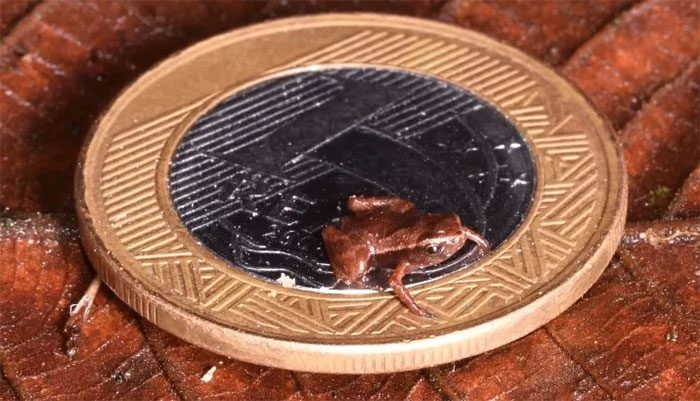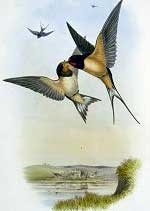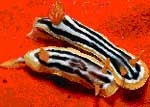According to researchers from the State University of Santa Cruz in Brazil, the Brazilian flea frog (Brachycephalus pulex) measures only 7-8mm in length and may be the smallest vertebrate species on Earth.
The Brazilian flea frog (Brachycephalus pulex) measures only 7-8mm in length, potentially making it the smallest vertebrate on the planet.
In 2011, Mirco Solé, a researcher at the State University of Santa Cruz in Brazil, discovered this tiny Brazilian flea frog, a species so small it can comfortably fit on a small coin.

This frog is a candidate for the title of “smallest vertebrate in the world.” (Photo: Renato Gaiga).
This discovery garnered attention in the scientific community, but due to the limited sample size, it was impossible to provide convincing information about the frog’s size.
Now, more than a decade later, a team led by Mirco Solé has published an extensive study on this elusive frog species, found only on two forested hills in Bahia, southern Brazil.
The research indicates that the Brazilian flea frog is indeed a strong contender for the title of “smallest vertebrate in the world.”
In their new study, the researchers returned to the frog’s habitat to collect a larger sample size, totaling 46 individuals.
The team examined the frogs’ sizes, their gonads to determine their sexual maturity, and checked for the presence of vocal sacs, which are only found in males. They discovered that the males measured just over 7mm, while the females were slightly larger, measuring just over 8mm.
Interestingly, the smallest mature specimen recorded during the study measured only 6.4mm, which is 30% smaller than the previously observed smallest frog.
While it is possible that even smaller frog species exist, the researchers noted that the smallest individuals often exhibit deformities, such as fewer toes or a complete absence of ears, suggesting that they would not survive if they were any smaller.





















































